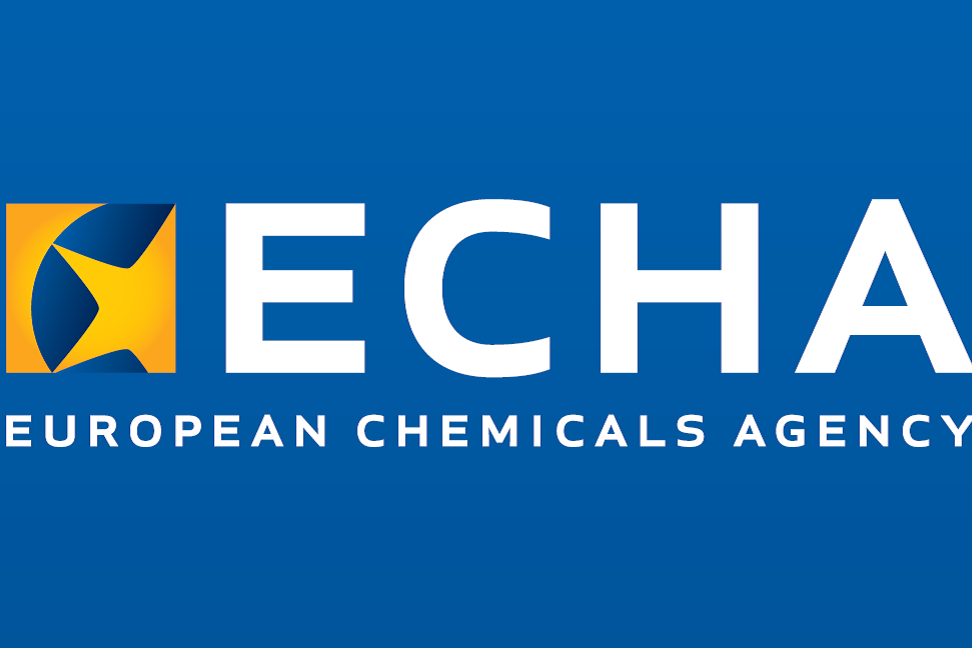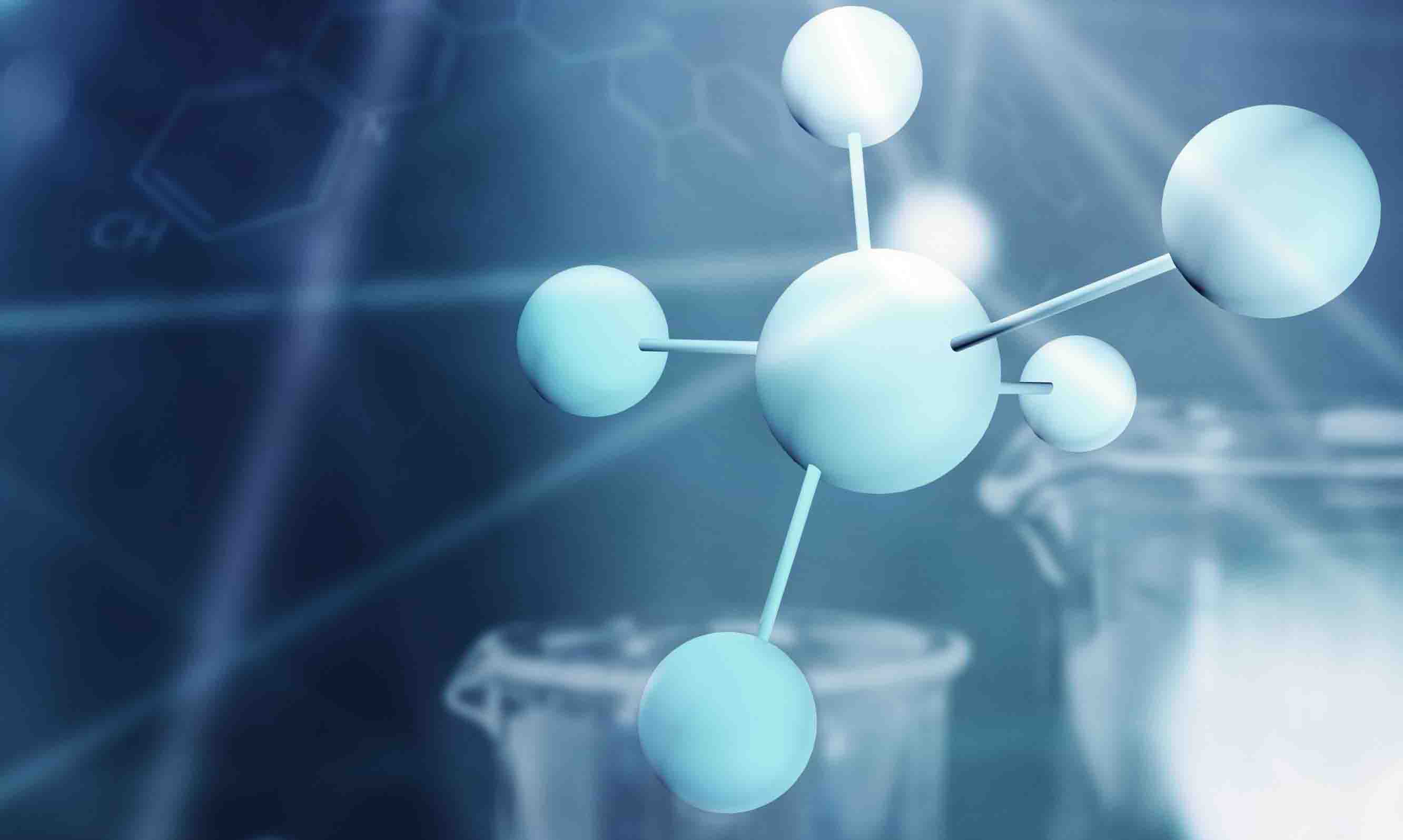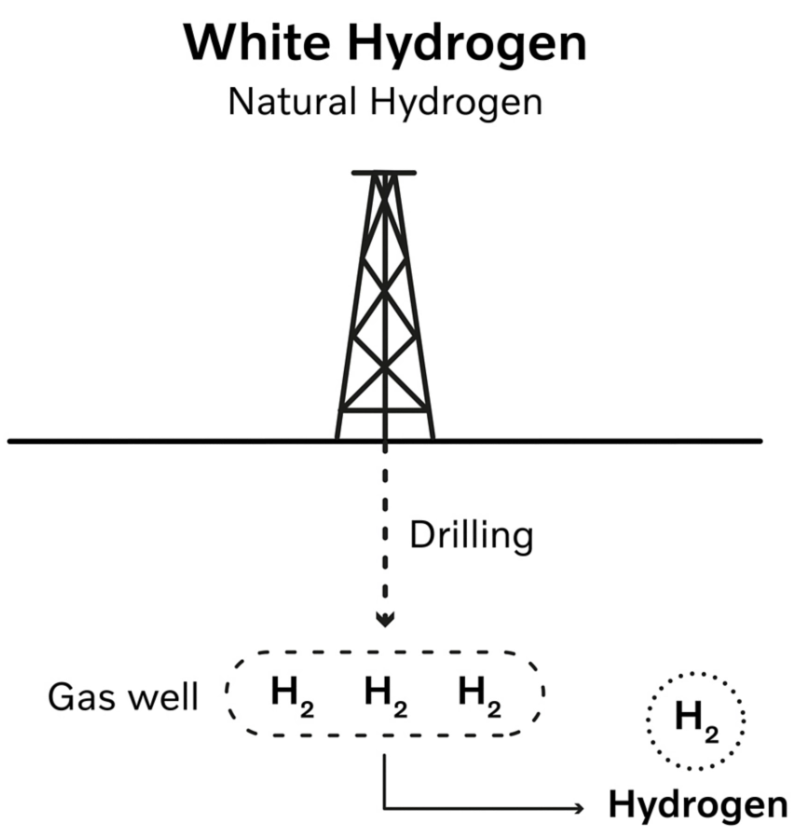Product
- Product
- White Hydrogen
- Abbreviation
- H2
- Names
- Gold Hydrogen; Native Hydrogen; Geological Hydrogen
- Product #Tags
- #sustainability
-

- #PS470
- Main Product
- Hydrogen
- Segment
- Refined Products
- Main-Family
- Refinery Gases
- Sub-Family
- Fuel gases & Lighter hydroc.
- Physical State
-
Gas
Description
Your insights will be shown here
Product Communicator
| Title | Date | |
|---|---|---|

|
3/14/2024 | |

|
2/10/2024 | |

|
1/27/2023 |
Identifiers
-
 CAS Number
CAS Number
- 1333-74-0
-
 EC Number
EC Number
- 215-605-7
-
 ECHA InfoCard
ECHA InfoCard
- 100.014.187
-
 IUPAC Name
IUPAC Name
- Molecular Hydrogen
Chemical Data
- Chemical Formula
-
H2
- Molecular Weight (g/mol)
- 2.01588
- Boiling Point (°C)
- -252.879
- Melting Point (°C)
- -259.16
- Specific Gravity
- 0.07
Crude Data
- API Gravity
- 1901.55
- Country
Product Settings
- Default
- Status
- A
Content provided by
| Transaction | Name | Date |
|---|---|---|
| Modified by |
|
6/4/2025 12:59 PM |
| Added by |
|
1/27/2023 6:37 AM |








